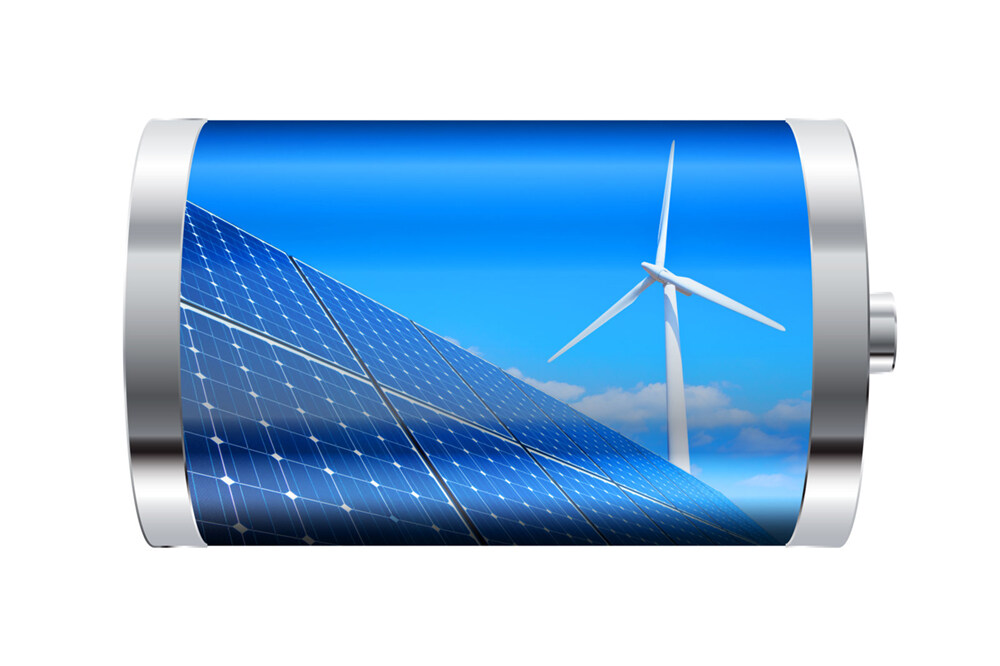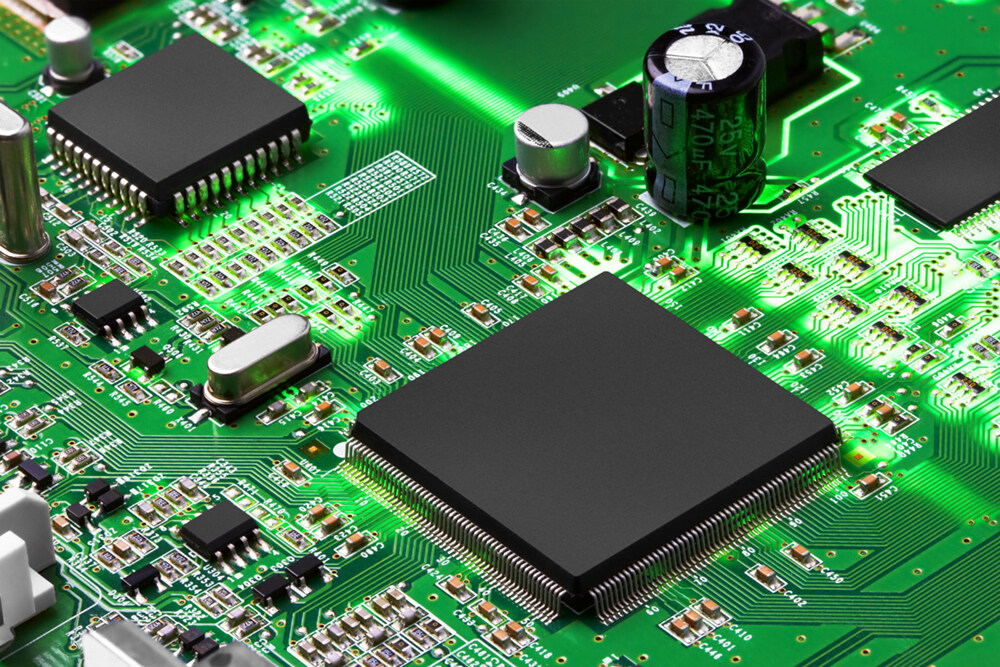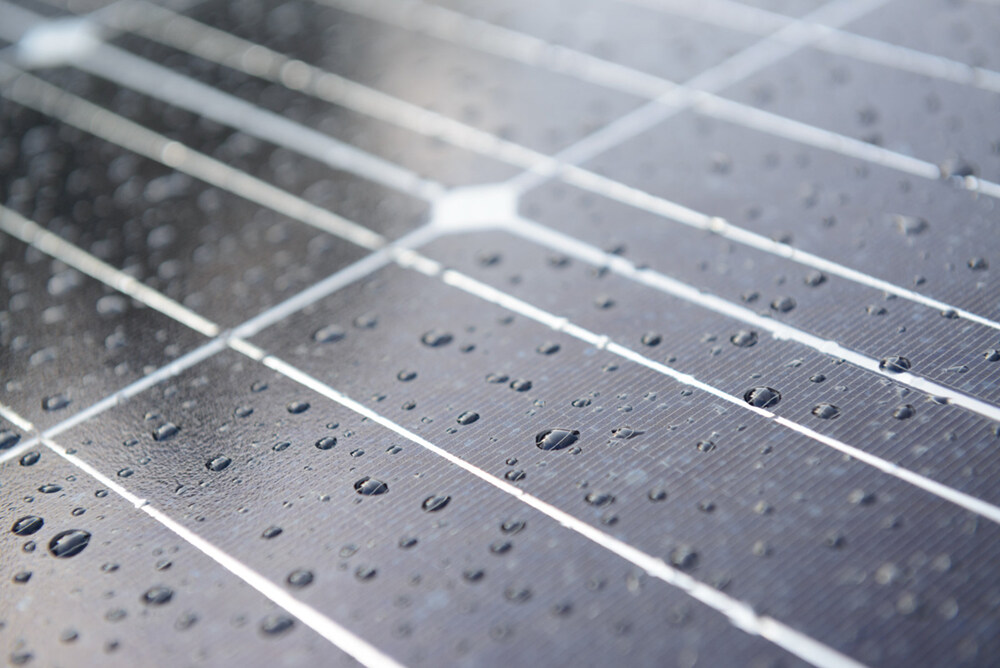
The cost of solar street lights would be straightforward to answer if we could offer customers a one-size-fits-all response. But the price of solar lamps can vary quite a little based on various factors. There is no one-size-fits-all answer to how much solar lamps costs, how much space is available for solar panels, or how much residents can afford to spend on installation and solar power for solar street lights.
Why should you ask "How much are solar panels?" instead of "How much do solar lights cost?" This article will discuss a few aspects affecting solar power and lighting costs and the maintenance tips to maintain good quality solar street lamps.
In outdoor lighting, solar lamps are a popular choice. Solar-powered versions in recent years have increasingly replaced traditional street lamps. Solar street lamps are popular because of their low cost.
What influences the pricing of solar powered led street lights? Climate and lighting needs, creativity, and design differ in different places. Product costs will permanently be reduced through great innovation. There are four parts to the solar lamp: a solar panel, a controller, and a rechargeable battery.
We'll go through the various aspects of solar-powered lamps in depth to make it easier for you to make your selection and investment. Here are the most critical factors that directly affect the total cost of Solar Lights. It is time to use your due diligence and account for the overall cost of solar panel installation.
The battery is one crucial factor that affects the cost of a solar street lamp. The ternary lithium battery 18650 and the lithium iron phosphate battery 32650 are the two types of solar street lights batteries that are most widely available. The lithium ternary battery has a capacity of 2AH and a voltage of 3.7V, whereas the lithium iron phosphate battery has a 5AH and a voltage of 3.2V.
These two battery types perform better than older lead-acid batteries in the 6AH sector. The price will be higher because they offer clear advantages regarding the depth of discharge and charging time and superior environmental adaptability. However, the costs of the two are also very dissimilar.
Brand new and used lithium batteries are available. Lithium batteries that are still in the factory are substantially more expensive than those that are reconditioned. The lamp's life and brightness are directly correlated to the quality of the ballast.
Lithium ternary batteries are more expensive than lithium iron phosphate batteries under normal circumstances. Custom battery capacity requirements and pricing will vary widely depending on the customer's specific needs. The battery setup, for example, will be different if it's raining or cold where you're installing it.
Lithium iron phosphate batteries are better equipped for high temperatures than ternary lithium batteries, whereas the reverse is true for low temperatures. Consequently, in low-temperature areas, ternary lithium batteries are widespread; lithium iron phosphate batteries are standard in high-temperature areas. Ternary lithium batteries are preferred in wet climates because of their increased charging efficiency.

The solar street lamp would be incomplete without the controller. The controller significantly impacts if you are charging or draining your battery. PWM is a type of PWM controller, while MPPT is a different type.
MPPT is more expensive than PWM, but this is not always the case. MPPT's efficiency as a converter. The conversion efficiency of PWM is only 65-80 percent, mainly used for products currently on the market. Maximum power point tracking is generally 90-95 percent.
The better the controller, the better the battery protection and management, and the faster, smoother, and easier it is to charge the battery. The better the controller, the easier it is to control and save solar energy. Customer satisfaction is substantially aided by the lamps' lighting style, brightness, time, and other features.
The price of a controller can vary substantially based on the brand as well as the sort of controller it is.

Solar frameless led light panels have a wide range of effects on solar lamps. To create a solar panel, crystalline silicon cells are used to construct the solar panel. As a result, the efficiency of the solar panel generator is influenced significantly by the type and quality of "invisible batteries."
Depending on the type of battery, monocrystalline silicon and polycrystalline silicon batteries are available. Monocrystalline silicon has gradually become the standard due to its cost and efficiency advantages as the technology progresses.
Solar panels also use string inverters, a cost-effective way to link solar panels and other components of a solar light.
In terms of the raw materials utilized in solar light, monocrystalline silicon, polycrystalline silicon, and amorphous silicon are the most commonly used. The photoelectric conversion efficiency of different materials varies. This material is more expensive, but its conversion efficiency is superior to that of polycrystalline silicon and amorphous silicon under the same conditions of use.
As a second factor, the size of solar panels also influences the cost. The greater the surface area of a solar panel, the more efficient it is and the more expensive. When purchasing a solar street lamp, you must select the appropriate configuration based on your intended application. You cannot simply go with the most costly option simply because it has the highest configuration specification.
Surface material, aluminum frame, backplane, and other solar panel packing components are resistant to corrosion. Solar panels' costs rise directly to the efficiency of dissipating heat, exerting force, and generating electricity.
Selecting monocrystalline silicon wafers for solar cells Solar panels generate more power and cost more money as the grade of the monocrystalline silicon improves.

Their chips can directly determine LEDs' brightness. Solar lights' luminosity decline, efficiency, and power are all relevant metrics. It is because of these factors that LEDs are priced as they are. Aside from this, a wide range of chips is available on the market. There will be an increase in the cost of high-quality lamp beads and chips.
The lamp's body material heavily influences pricing for solar lights. There are two basic lamp body material types: plastic and die-cast aluminum. The lamp body is made of a different material, has a different thickness, and will cost significantly more. Die-cast aluminum models cost far more than their plastic counterparts. Die-cast aluminum lamp bodies have better heat dissipation than plastic ones, making them better suited for high-intensity lights. In contrast, plastic lamp bodies are better suited for low-intensity lamps.
In consideration of the presence of strong winds and the possibility of soil corrosion, aluminum is the best material option. Although the cost of raw materials like copper, iron, aluminum, and polymers has continued to increase due to the "supply scarcity" issue, this has also substantially impacted the price of producing solar lamps.
Installing a solar panel and solar panel system is one of the significant factors affecting the cost of solar installation. The installation cost mainly depends on the manufacturer. The prices of different manufacturers are inconsistent due to the growing number of companies making solar street lamps and the escalating popularity of solar lights.
There are a lot of tiny manufacturers on the market with very sloppy management, no final product inspection, no incoming material inspection, and even no quality standards.
On the other hand, significant producers and brands can devote more resources and time to developing solar lamps because they have sophisticated production equipment and competent production technology. The items include an innovative design, and the private mold products offer more benefits. Competitiveness, guaranteed quality, and a premium price.
The country's market and economic policies are inextricably linked to its taxation policy. The price of this commodity will inevitably rise if the country's tax on it is high shortly. A reduced price will be achieved if the country's tax on this product falls below a particular threshold. Between the two, there is a proportional relationship.
The price goes higher when there is a higher tax for a specific commodity, like solar lamps. The state of the market economy is directly linked to the market economy's general condition. If the economy is doing well, prices will rise, and vice versa.

Solar lamps employ solar energy instead of electricity, which helps to address my nation's severe current crisis in energy supply. Although there is a presence of solar radiation when you install solar panels, they closely resemble protecting the environment and conserving energy because of maximizing renewable energy. As a result, solar lights have become in demand and an expensive but excellent investment.
When installing solar panels, you use renewable energy to provide lighting and electrical power. It is best to install solar panels for street lamps and street lights. The renewable energy from the sun benefits many homeowners with more energy, hence, more electricity. Other variables that affect the cost of solar lamps and solar panel installation are the system size and tracking systems, such as solar trackers, which are all part of the many factors affecting the cost of solar lamps.
The solar lamp system is eco-friendly and cost-effective, especially since energy costs are higher than other commodities. It is best to install solar lights to avoid the higher price and climate change. Installation cost is more minor if you have your flat roof ready and other factors handled.
You can even sustain solar lamps on rainy days without the sun and still pay the same amount you pay for the electric bill. These factors that affect the overall cost of a solar lamp have different prices but are all considered a good investment. Save my name/email or connect to the website in this browser to have your system installed. Install an efficient design and save energy consumption. It also helps protect the environment and establish a better plan for your home and community.